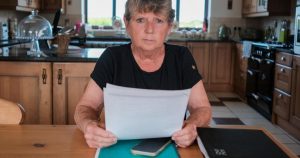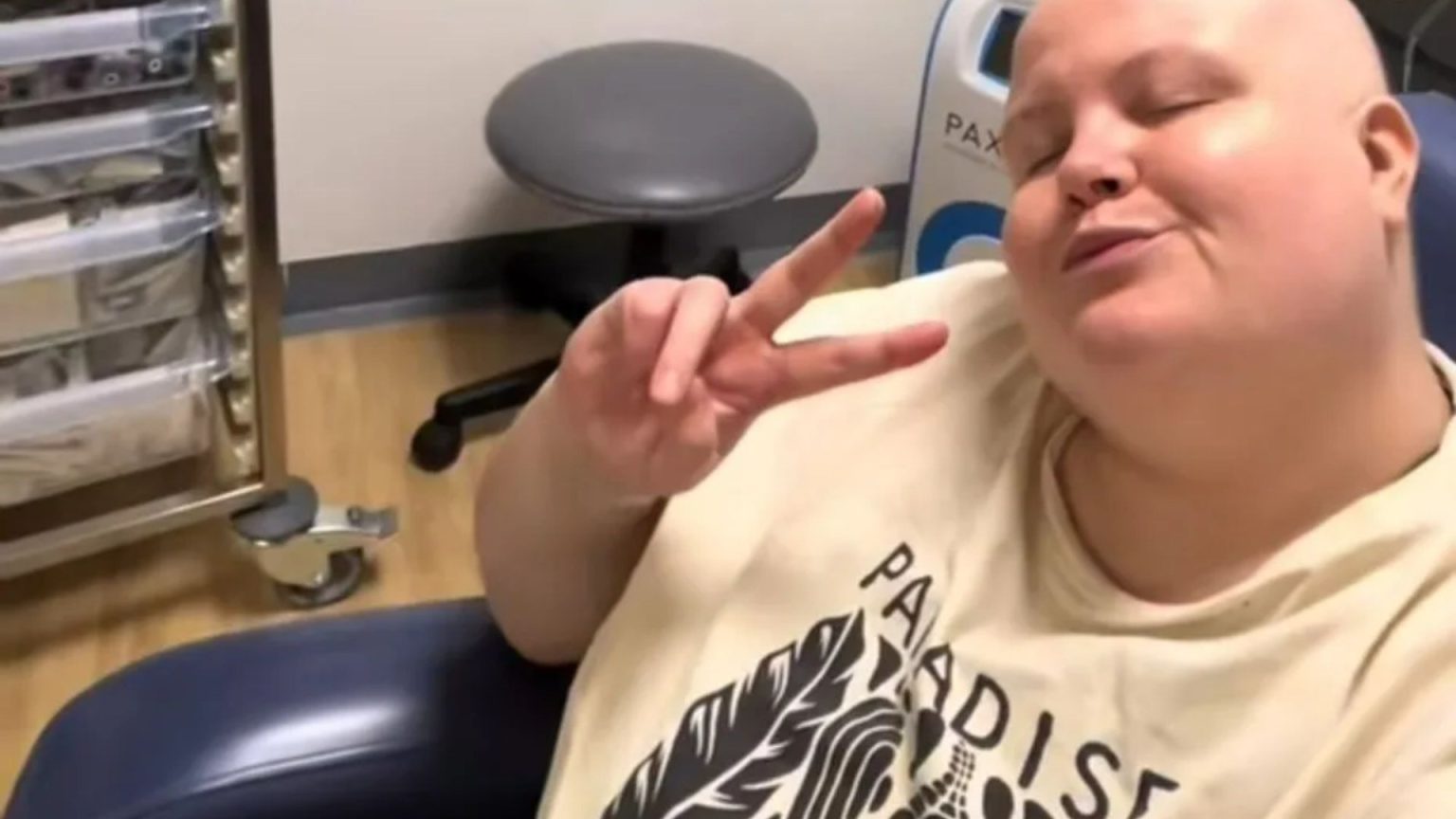Steph Peacey’s experience serves as a stark reminder that breast cancer doesn’t discriminate based on age and can manifest in ways beyond the commonly recognized lump. At 28, Steph, a young and active individual, received the devastating diagnosis of triple-negative breast cancer, a particularly aggressive form of the disease. Her symptoms were subtle: a hardened and full feeling in her left breast, an inverted nipple, and eventually, a persistent cloudy discharge. Crucially, there was no palpable lump, a fact that initially misled her and delayed her seeking medical attention. Steph’s story underscores the importance of being vigilant about any breast changes, regardless of how insignificant they may seem, and reinforces that the absence of a lump doesn’t necessarily equate to the absence of cancer.
Steph’s initial disbelief and the dismissal of her concerns by those around her highlight a common misconception that breast cancer primarily affects older women. This dangerous assumption can lead to delayed diagnoses and potentially worsen outcomes for younger individuals who develop the disease. While breast cancer is more prevalent in older age groups, it can occur at any age. The perceived association of breast cancer with older women often leads to younger women downplaying their symptoms or attributing them to benign causes, as Steph initially did. Her experience serves as a cautionary tale, urging younger women to be aware of their breast health and seek medical advice for any unusual changes, regardless of societal perceptions.
The discovery of a deep-seated mass during an ultrasound at the breast clinic solidified Steph’s fears. The three-week wait for biopsy results was an agonizing period filled with uncertainty, despite reassurances from loved ones. The eventual confirmation of triple-negative breast cancer and the subsequent revelation of a mutated BRCA1 gene further compounded the shock and brought a new dimension to her diagnosis. The BRCA1 gene mutation significantly increases the risk of both breast and ovarian cancer. Steph’s lack of awareness about this genetic predisposition prior to her diagnosis emphasizes the need for greater public knowledge about genetic factors influencing cancer risk. This knowledge empowers individuals to make informed decisions about screening, preventative measures, and treatment options.
Steph’s diagnosis abruptly halted her life, forcing her to leave her job and grapple with the unexpected financial burden of battling a serious illness. The inadequacy of government benefits to cover her living expenses and medical costs added another layer of stress to her already challenging situation. This financial strain, often overlooked in discussions about cancer, highlights the significant economic impact a diagnosis can have on individuals and their families. Forced to rely on crowdfunding to meet basic needs, Steph’s experience exposes the gap in financial support systems for individuals battling life-altering illnesses. Her story sheds light on the need for improved social safety nets and financial assistance programs to support those facing the economic hardships associated with cancer treatment.
The grueling treatment regimen of six months of chemotherapy, followed by surgery and radiotherapy, underscores the arduous journey Steph faces. Amidst the physical and emotional challenges, she found strength and purpose in sharing her story on social media platforms like TikTok. By openly discussing her experiences and symptoms, she aims to raise awareness and encourage other women to prioritize their breast health. Steph’s message resonates powerfully: it’s not just about checking for lumps; any change in breast appearance or feeling warrants medical attention. Her advocacy work is invaluable in educating others, dispelling misconceptions about breast cancer, and empowering women to become proactive advocates for their own health.
Steph’s journey, though challenging, exemplifies resilience and the power of transforming personal adversity into a platform for positive change. Her vulnerability in sharing her story, her determination to educate others, and her unwavering focus on early detection are inspiring. Despite grieving the loss of her former life and independence, she embraces the support of others and advocates for self-care amidst the emotional turmoil. Steph’s story serves as a poignant reminder of the importance of knowing one’s body, seeking medical attention for any concerning changes, and fostering open conversations about breast health. Her message is clear and crucial: early detection can save lives.




